1988 Countdown #79: OMD, “Dreaming”
A glowing white light wobbles around and comes into focus: it’s a pair of headlights on a deserted highway. The car’s driving on the right side of the road: this video was filmed in the States, apparently. Clouds race across the sky. An attractive brunette girl in a peach-colored prairie dress and a black leather jacket walks by the side of the road, and then scampers through the grass. She leans against a telephone pole next to the side of the road and we get a closer look at the car: an old-fashioned American station wagon.
As the song hits its stride with a peppy synthesizer riff, we cut to Orchestral Manoeuvres in the Dark–or OMD, as they were calling themselves by now. They’re performing in a “recording studio” that looks like it’s been requisitioned from a New Orleans private detective in a late-night made-for-TV movie on Cinemax. There are lots of pillars painted blue and white, and a standing fan that looks like it dates from 1952. Light streams in through the Venetian blinds. An old-fashioned reel-to-reel recorder is spooling away in the corner, allegedly capturing a live performance.
Lead singer Andy McCluskey stands with his right leg up on a box, leaning into the microphone with his hands on his right knee. It’s an odd posture–maybe he got used to putting his leg up on his stage monitor? As he sings, little rectangles of colored animation periodically get superimposed on the screen: they look like boxes that have been filled in with colored pencils. The effect adds up to “Remember that a-ha video for ‘Take on Me’ three years ago? What would it look like if we did it on a smaller budget?”
McCluskey’s only at the microphone for a few seconds before we cut to him sitting on a high-backed bench, drinking from a coffee mug. Given his British passport, I’m going to guess that it’s actually a cup of tea. The animated patches keep popping up.
Quick cut to the brunette girl, now sitting on the hood of the station wagon. Isn’t she getting hot wearing that leather jacket out in the sun?
Back to OMD, who really don’t look like I expected them to. I only ever knew little snippets about them–British synth act, signed briefly to Factory Records, big hit on the Pretty in Pink soundtrack with “If You Leave”–but I expected them to have more of a New Romantic appearance. Some eyeliner, or at least ruffles on their sleeves. Maybe that was how they rolled in the early ’80s, but by the time of this clip, they look like four regular blokes who got together at the pub to knock out some Brinsley Schwarz covers. Drummer Malcolm Holmes industriously toils away behind a full kit, asking us to believe that the percussion track was not programmed in the studio.
I don’t remember this song at all, but it’s a good, catchy slice of synth-pop. “I was only trying to catch your eye / I was only wishing you would notice me / Instead you said goodbye.” This single was the new track that baited The Best of OMD (also known as In the Dark, a title not included on the credits block in this video). The group would break up the following year after eleven years together. (McCluskey put together a different lineup of OMD in 1991.) The split was very traumatic for their fans, I’m sure, but it means that OMD released their greatest-hits album at the perfect time. Picking that release date can be a delicate balance, and I marvel at the way AC/DC still haven’t released one. (Somebody needs to tell them that they should do it right now, because once their music goes up for sale on iTunes and its ilk, as eventually it will have to, fans are going to be rolling their own.)
The camera gets closer and closer to McCluskey’s face. The brunette is now hugging a telephone pole. Holmes has a great British-drummer nose, a schnozz to rival Ringo Starr’s. The animated rectangles get larger. The director positions McCluskey so he’s singing in front of a hat rack, with both feet on the floor. McCluskey starts to dance and flail around. The band pulls a dropcloth off an equipment case, something that makes them unreasonably cheerful. If they actually are tired of each other at this point (as the following year’s breakup would suggest), they’re doing a good job of faking the bonhomie.
We come to the bridge (with lots of drum machine): more shots of the brunette and the clouds racing across the American sky. The vocals here get heavily processed, to the point of being as incomprehensible as the Hamburglar.
Back to the “recording studio,” where now apparently it’s night. Actually, somebody just changed the lighting setup: it’s a lot darker, but there’s still light coming in through the blinds. The video closes with McCluskey dancing and snapping his fingers, with images of white clouds in a blue sky projected on the pillar next to him.
“Dreaming” hit #16 on the American pop charts (the band’s second-biggest single in the States). You can watch the video here.
posted 30 September 2008 in 1988 and tagged greatest hits, OMD, post-cool. 6 comments


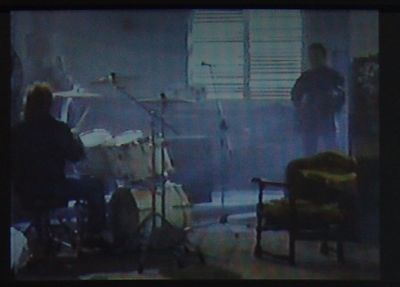
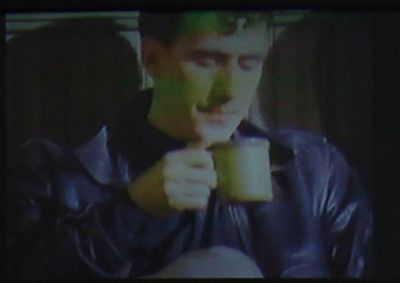
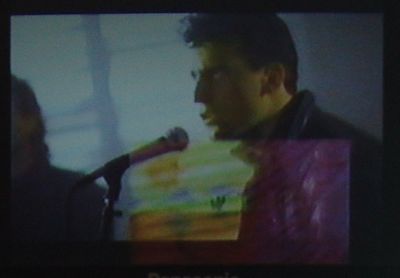
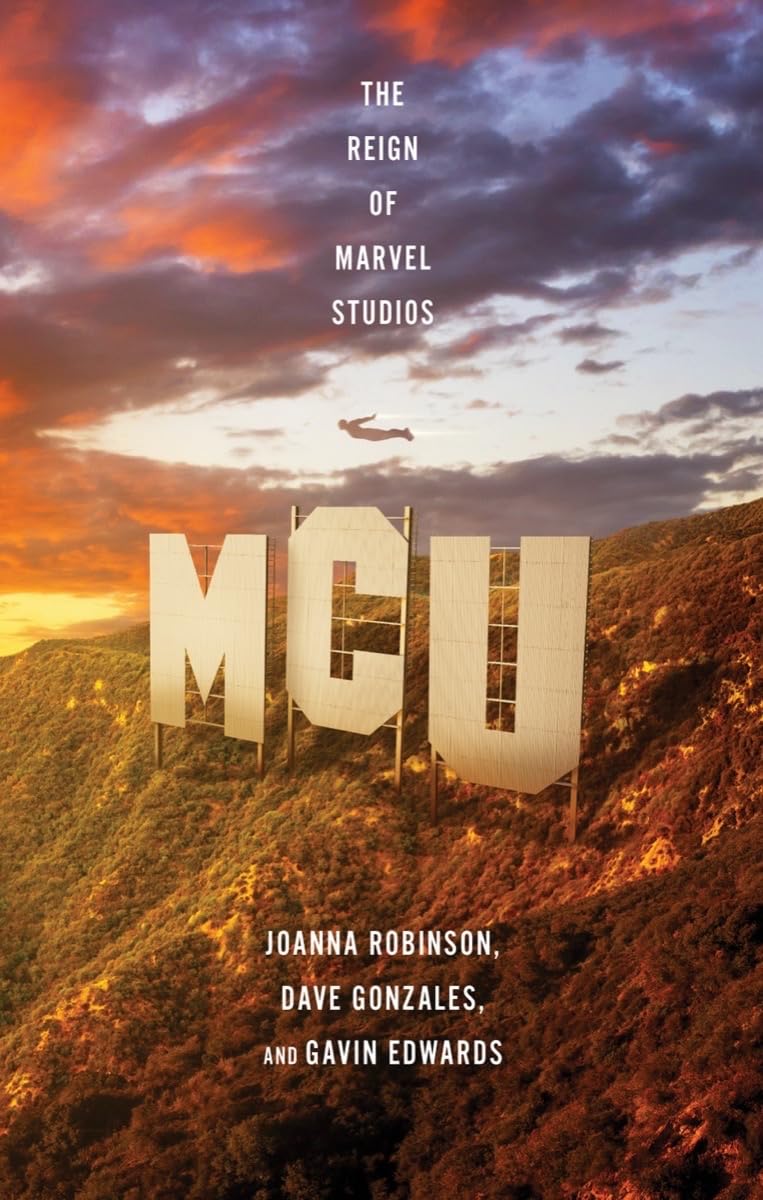
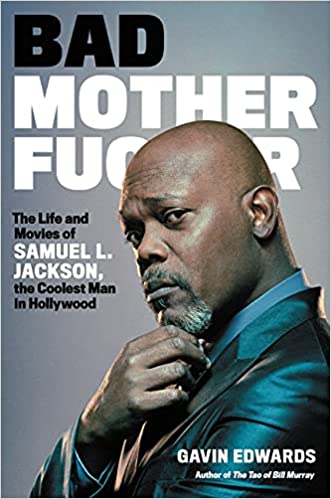
September 30th, 2008 at 9:09 pm
Whoa, these guys. They were one of the darlings of the Southern California KROQ-listening set in the early 80s. By 1988 they were definitely post-cool, but their early stuff was terrific (“Dazzle Ships”
Now I ask, to whom do I atone for loving them so much?
October 1st, 2008 at 4:06 am
I have a mini-theory that Tears for Fears’ 1985 No. 1 smash “Everybody Wants to Rule the World” was somewhat pivotal for British synth-pop, in that it pointed bands of that ilk toward a new, post–New Romantic sound: that of the American dashboard-thumper. This OMD track offers another data point to prove my theory. The big 1987 hit “(I Just) Died in Your Arms)” by Cutting Crew and the minor 1987 Climie Fisher hit “Love Changes (Everything)” would be others.
(This might explain why I loved Pet Shop Boys in the late ’80s: they were never New Romantic, but they somehow managed to get big hits in America while totally ignoring the post-’85 edict that British acts sound more American and less twee.)
October 1st, 2008 at 12:06 pm
How does New Order fit in to that theory?
October 1st, 2008 at 3:53 pm
New Order threw in their lot in the late ’80s with Ibiza-style techno, which made them ever-huger in England and reliable hitmakers on college radio, but anathema to 98% of U.S. radio.
Barring their one fluke Top 40 hit in ’87 with “True Faith,” you will notice that New Order really only “broke” in America in the ’90s. (Biggest charting U.S. hit: “Regret,” 1993. And then there was the wild fluke of the decade-old “Bizarre Love Triangle” breaking on U.S. Top 40 radio in 1994–95.)
Ironically, they managed this breakthrough just before breaking up for almost a decade. Boy, first Ian Curtis, then bad breakup timing — those guys couldn’t get a break!
October 4th, 2008 at 3:25 pm
Added “post-cool” as a tag–thanks, Jeffrey!
October 10th, 2008 at 4:50 pm
The ‘great’ thing about Orchestral Manoeuvres in the Dark is that they never were New Romantics (they did have interesting shirts in the mid 80s. Very, um, interesting.) and started out as a seriously serious “we are Kraftwerk-inspired experimental electronic band” and migrated into embracing the tasty pop destiny they were slated for.
And poor New Order, really. Every chance they had touring the US nearly killed them (or in the case of 89 and 93, _did_). They were ahead of their time in ways (much like OMD) and just got caught at a bad time for the rest. The Great Music Soap Opera with regards to them and Factory, but together they sure did crank out some cracking music and sleeve art.